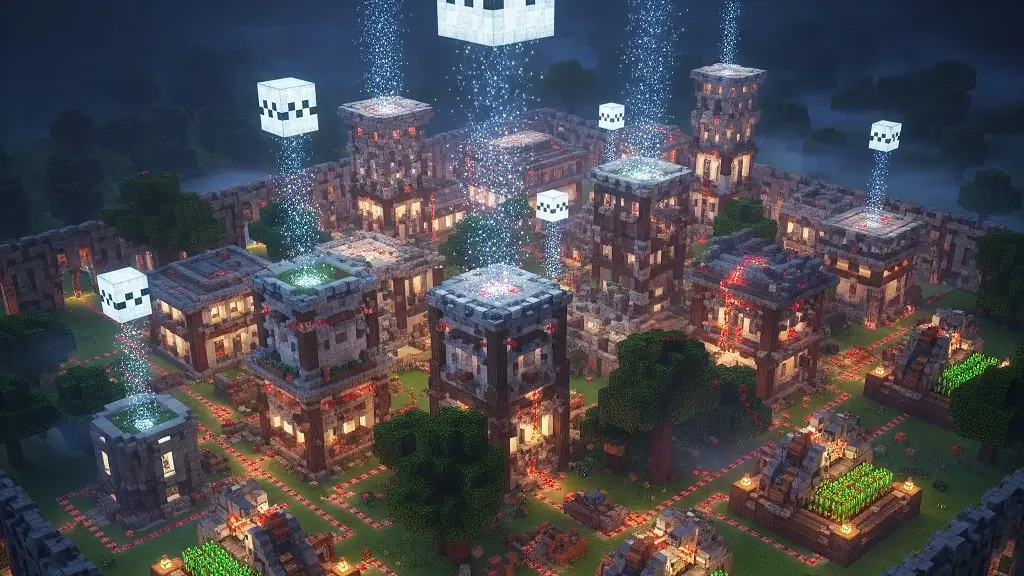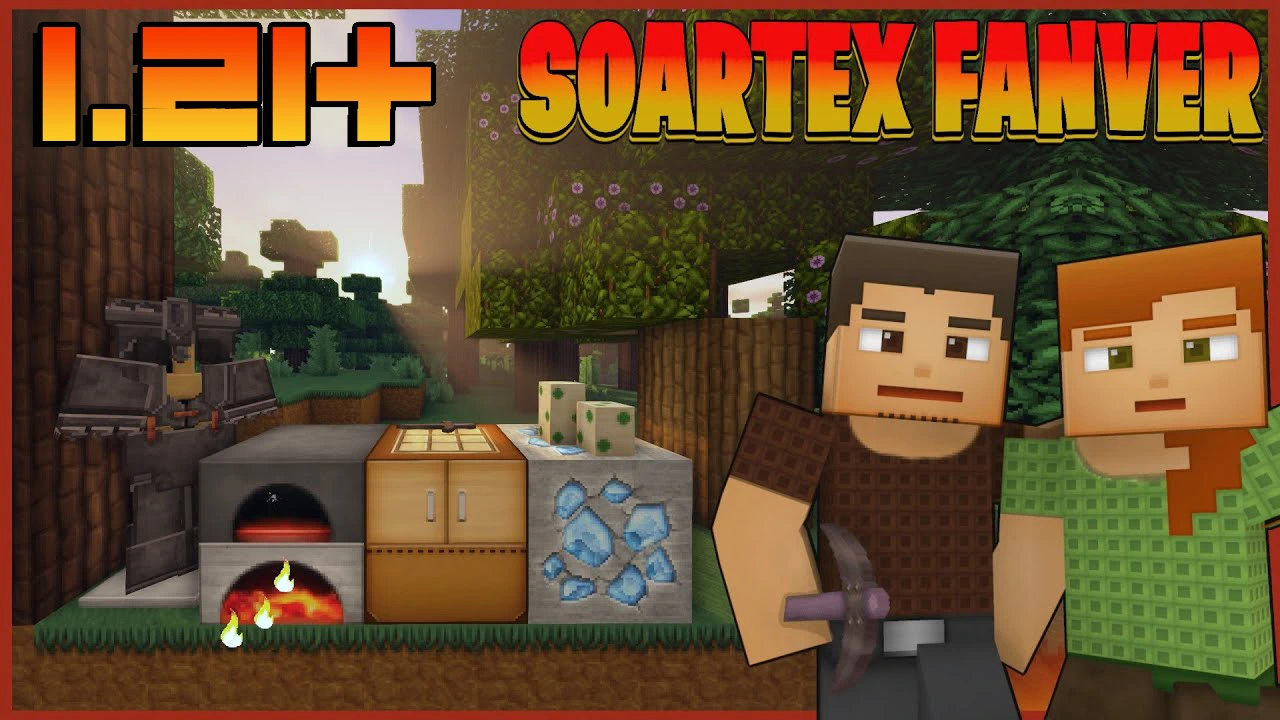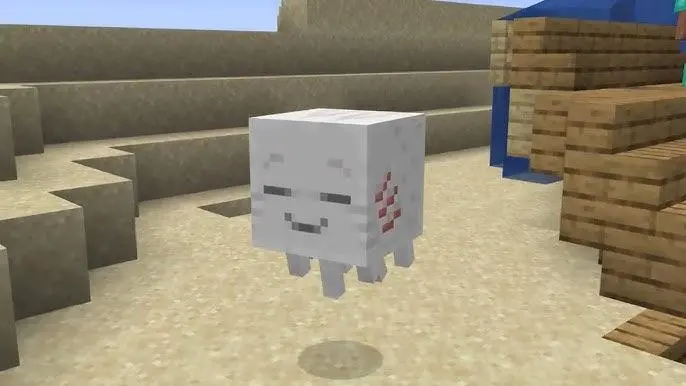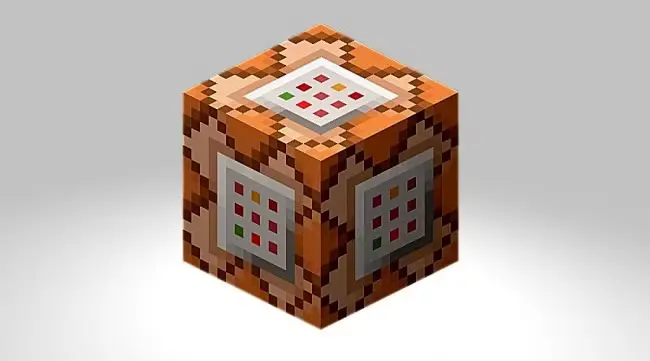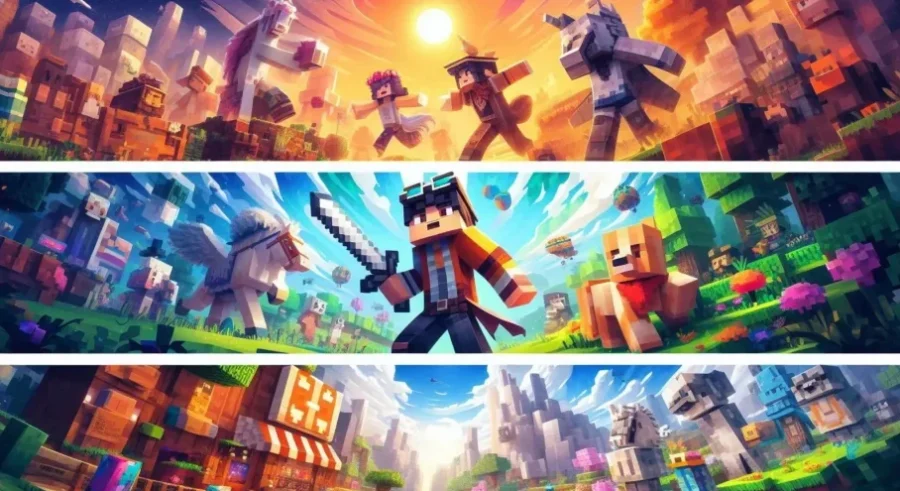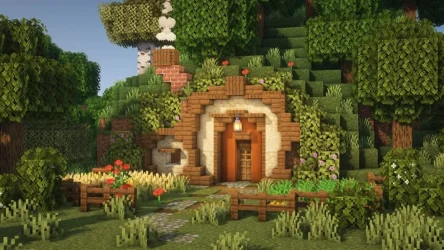In the pixelated world of Minecraft, building structures that push the boundaries of imagination has always been at the heart of the game. But what if the structures you built continued to live, grow, and even repair themselves even when you weren’t in the game? This is exactly the futuristic vision that Autonomous Minecraft cities bring to life. This concept goes far beyond a simple automated wheat farm, holding the potential to create a living, breathing organism where a city’s entire infrastructure works together in an integrated way.
Contents
- Core Components: The Heart and Brain of the System 🧠
- 1. Redstone: The Electricity of the Digital World ⚡
- 2. Command Blocks: Rewriting the Game’s Rules 📜
- Anatomy of an Autonomous System: The Self-Repairing Wall
- Autonomous City Modules: Practical Applications
- Challenges and Considerations
- Your Imagination is the Only Limit 🚀
- Frequently Asked Questions (FAQ)
- Authoritative Links and Resources
In this comprehensive guide, we will delve deep into the fundamental principles behind these impressive systems. We will explore step-by-step how you can combine the mechanical power of Redstone with the limitless potential of command blocks. By the end of this guide, you will have the knowledge and inspiration necessary to create your own dynamic and self-sustaining worlds.
Core Components: The Heart and Brain of the System 🧠
An autonomous city operates through the perfect harmony of two main components. One of these components is the system’s “muscle power” and “nervous system,” while the other is its “brain” and “decision-making mechanism.” Understanding these two forces is the first and most important step in building autonomous systems.
1. Redstone: The Electricity of the Digital World ⚡
Redstone is the cornerstone of automation in Minecraft. Like electrical circuits in the real world, it allows us to automate simple tasks by transmitting signals, powering machines, and creating logic gates. Redstone’s role in an autonomous city is multi-layered:
- Triggers: They provide the initial signal that activates systems. An observer sends a signal when the block in front of it changes (e.g., when a crop grows or a wall is broken). A daylight sensor can activate systems based on the day-night cycle.
- Mechanisms: These are the parts that do the physical work. Pistons push or pull blocks, dispensers can place blocks or release water/lava, and droppers transfer items from one inventory to another.
- Timing and Logic: They ensure the circuits work intelligently. Redstone repeaters delay or strengthen signals to adjust timing. Redstone comparators can measure the fullness of chests or compare signal strengths, enabling the creation of complex logical conditions (if the chest is full, then…).
2. Command Blocks: Rewriting the Game’s Rules 📜
If Redstone is the system’s muscles, then command blocks are undoubtedly its brain. Obtainable only in Creative mode with the /give @p command_block command, these blocks allow you to directly intervene in the game’s code. Their tasks in autonomous cities are:
- Detection and Testing: With commands like
/execute if block [x y z] [block_name], they can instantly check for the presence or type of a block at specific coordinates. This works as the system’s “eyes,” instantly detecting, for example, if a wall has been broken. - Block Manipulation: They can instantly change the world.
/setblockchanges a single block, while the/fillcommand can fill massive areas with a specific block. However, the real star of autonomous construction is the/clonecommand. This command copies a pre-designed structure module (e.g., a house floor or a wall section) and pastes it instantly to the desired location, forming the basis of the self-building process. - Complex Logistics and Entity Management: They can summon new villagers or iron golems with
/summon, teleport entities with/tp, and modify chest inventories or creature properties with the/datacommand.
Anatomy of an Autonomous System: The Self-Repairing Wall
To put theory into practice, let’s examine a simple yet effective module: the “self-repairing wall” system, step by step.
- Prototype Area: In a separate area of your world, build an exact copy of the wall section you want to be repaired (e.g., a 5-block high, 1-block wide section of stone bricks). This will be our “spare part” to copy when damage occurs.
- Detection Mechanism: Behind your main wall, place a series of Observers positioned to see each wall block. The “face” of the Observers should be looking at the wall blocks. This way, when a block is broken in your wall, the Observer facing that block will instantly produce a Redstone signal.
- Signal Merging: Combine the signals from all Observers using Redstone dust into a single point. This ensures the system triggers if a break occurs anywhere on the wall.
- Command Block Integration: Connect the merged Redstone signal to a Command Block. Write a /clone command inside the command block with this logic:
clone [prototype_start_x y z] [prototype_end_x y z] [main_wall_start_x y z]
This command, upon receiving a Redstone signal, will copy the wall section from the prototype area and paste it over the main wall, instantly repairing the broken block.
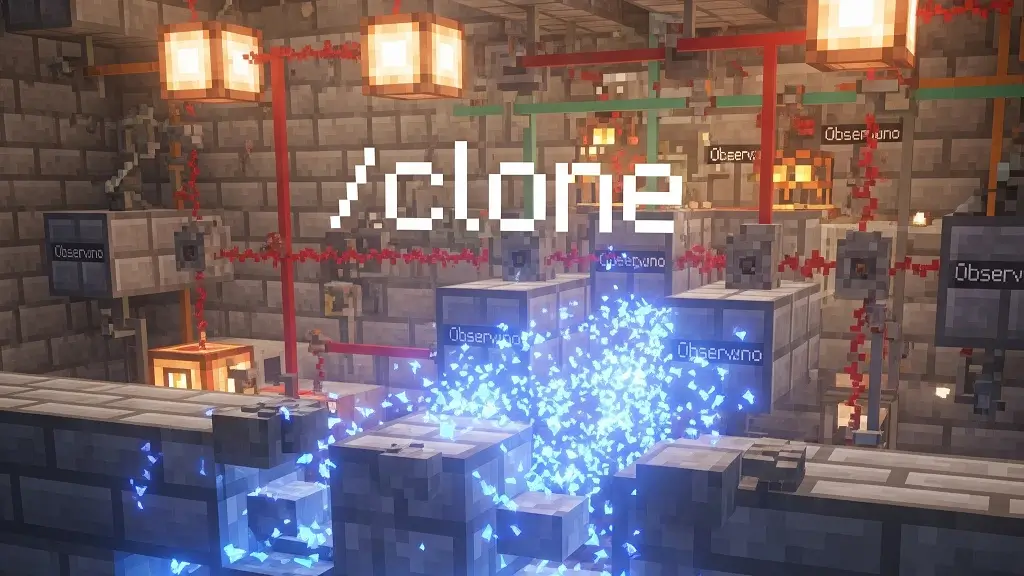
Autonomous City Modules: Practical Applications
Here is an expanded table of some modules that could be in an autonomous city and how they work:
| Module Name 🗺️ | Task 🎯 | Required Components ⚙️ | Difficulty Level ⭐ |
| Self-Building Wall | Builds new wall segments to expand the city’s borders when a specific signal is given (e.g., at sunset). | Command Block (/clone), Observer, Pistons, Redstone | Medium |
| Auto-Expanding Farm | When all crops in the farm reach a certain level (measured by a Comparator), it adds a new farm plot and plants it. | Command Block (/fill, /setblock), Observer, Dispenser | Advanced |
| Self-Repairing Bridge | When a block on the bridge is broken (detected by an Observer), the command block copies the broken block from a backup structure. | Command Block (/clone), Observer, Redstone Dust | Advanced |
| Central Warehouse & Resource Management | Collects resources from different modules via Hoppers and uses command blocks to detect full chests and create new storage areas. | Hopper, Chest, Command Block (/execute, /clone), Comparator | Very Advanced |
| Dynamic Defense System | When an enemy mob approaches (via Pressure Plate or Tripwire), it raises lava walls from the ground or activates arrow dispensers. | Dispenser, Observer, Piston, Lava Bucket, Redstone | Medium |
| Dynamic Road Network | As the city expands, it automatically paves road blocks (via /fill) to newly built structures or modules. | Command Block (/fill, /execute), Observer | Very Advanced |
Challenges and Considerations
Although these systems are extremely powerful, they come with some challenges:
- Server Load (Lag): A large number of command blocks and Redstone circuits, especially constantly running loops (Repeating Command Blocks), can cause serious performance issues on servers. Optimization is vital; systems should only run when necessary.
- Complexity and Debugging: Managing coordinates and commands correctly is difficult. A single wrong coordinate can cause the entire system to malfunction or cause major damage to your world. Therefore, it’s best to build systems in small, modular pieces and test each one separately.
- Version Compatibility: Minecraft updates can change how commands work or alter Redstone mechanics. Therefore, the systems you build may break in future versions.
- Backups: When working on such complex systems, regularly backing up your world is the best way to prevent a potential disaster.
Your Imagination is the Only Limit 🚀
Autonomous Minecraft cities are not just structures; they are engineering marvels, living algorithms. Combining the logical power of Redstone with the limitless potential of command blocks gives players the ability to create dynamic, evolving worlds in Minecraft that were previously impossible. This is undoubtedly a challenging process that requires patience, meticulous planning, and plenty of creativity. However, the satisfaction of watching a self-growing tower or a castle that repairs itself after an attack will be well worth every second spent.
Frequently Asked Questions (FAQ)
All Redstone-based automations can be built in Survival mode. However, command blocks can only be obtained in Creative mode or via server commands. Therefore, fully autonomous and self-building systems are usually Creative mode projects.
Yes, they potentially can. Especially constantly running command blocks (e.g., checking something every second) and large Redstone circuits can negatively impact server performance. It is important to design your systems to only run when necessary.
The Minecraft Wiki is the best resource for learning how commands and Redstone components work. Additionally, YouTube channels like Mumbo Jumbo and ilmango, which focus on Redstone and technical Minecraft, are great for inspiration and learning complex mechanics.
Generally, the latest Java Edition version is preferred as it has the newest commands and features. Command syntax may differ in older versions, so working on the latest version is best.
Authoritative Links and Resources
You can check the following resources to learn more and master this subject:
- Official Minecraft Wiki (Command Blocks Page) – The most reliable source of information on command blocks and all commands.
- Official Minecraft Wiki (Redstone Dust Page) – The starting point for learning the basics of Redstone mechanics.
- Mumbo Jumbo YouTube Channel – A popular source of inspiration for complex Redstone inventions and automation systems.
- Minecraft Blog and Forum – Blog and Articles About Minecraft

